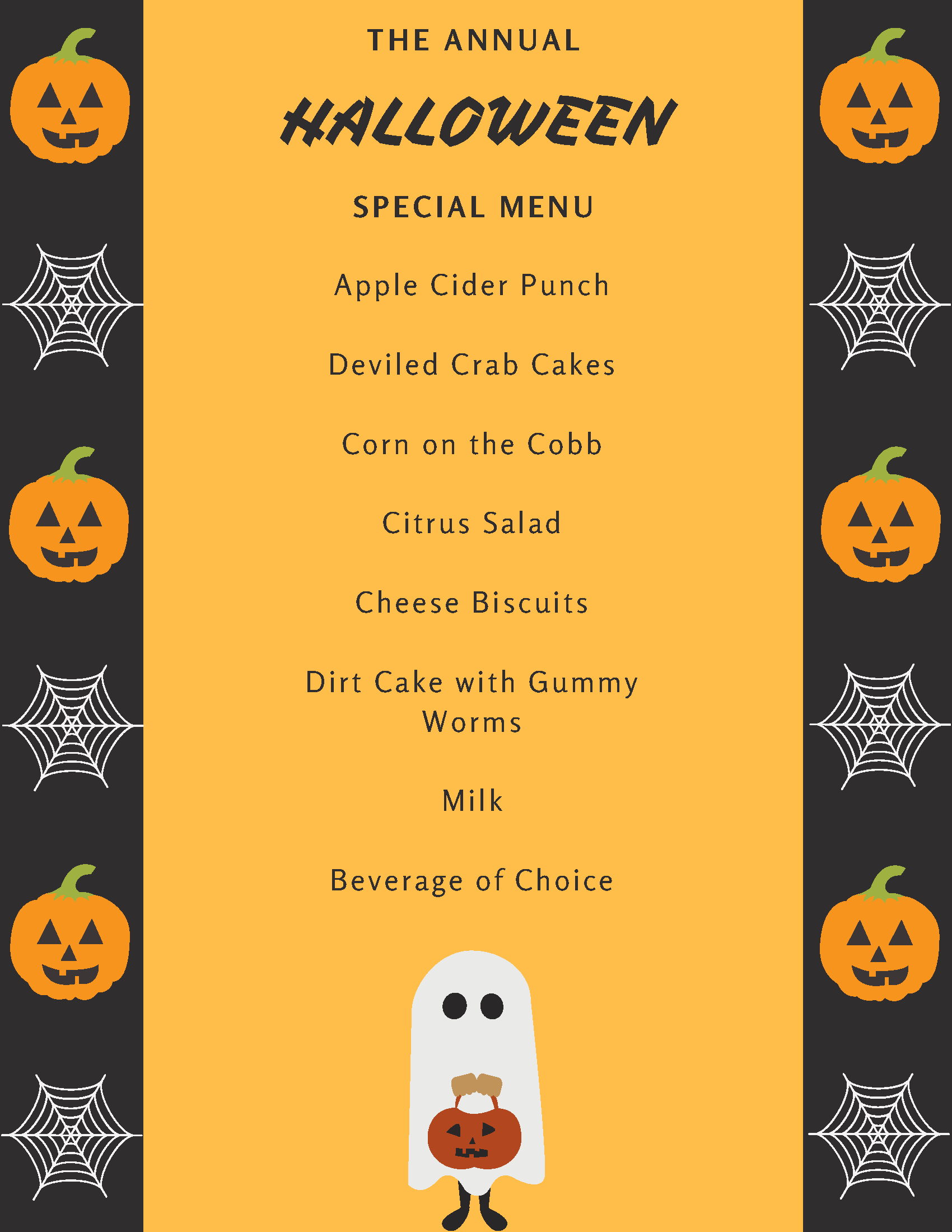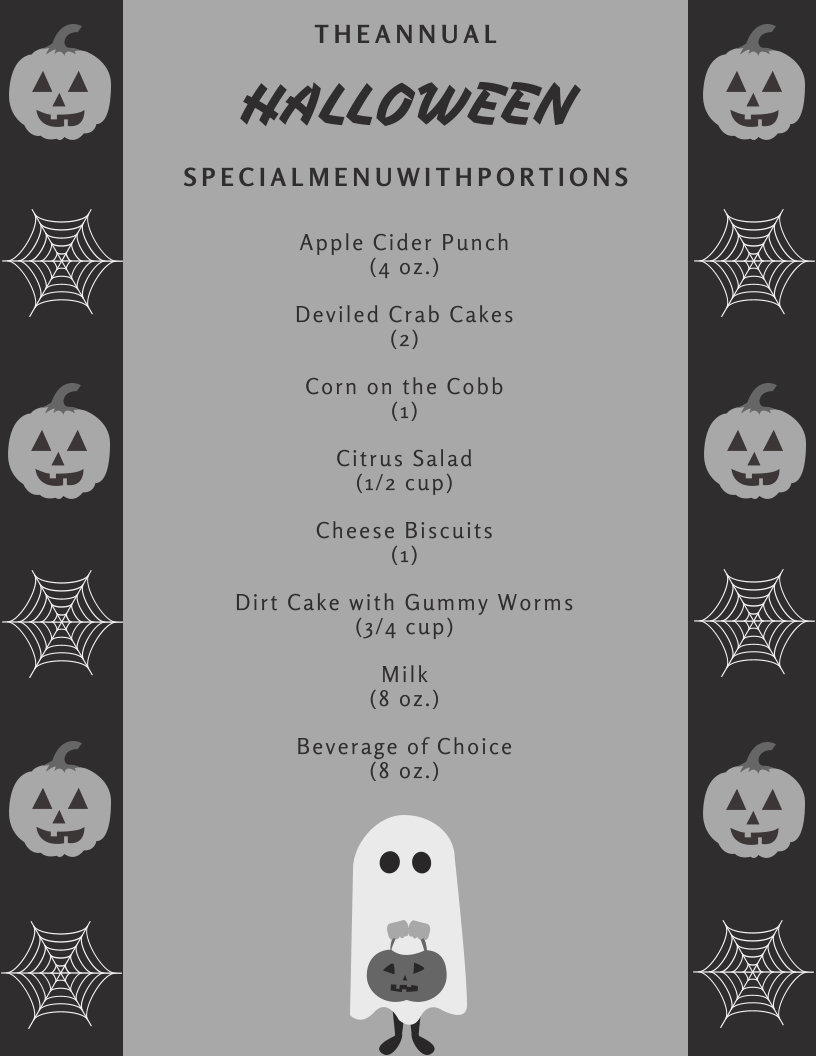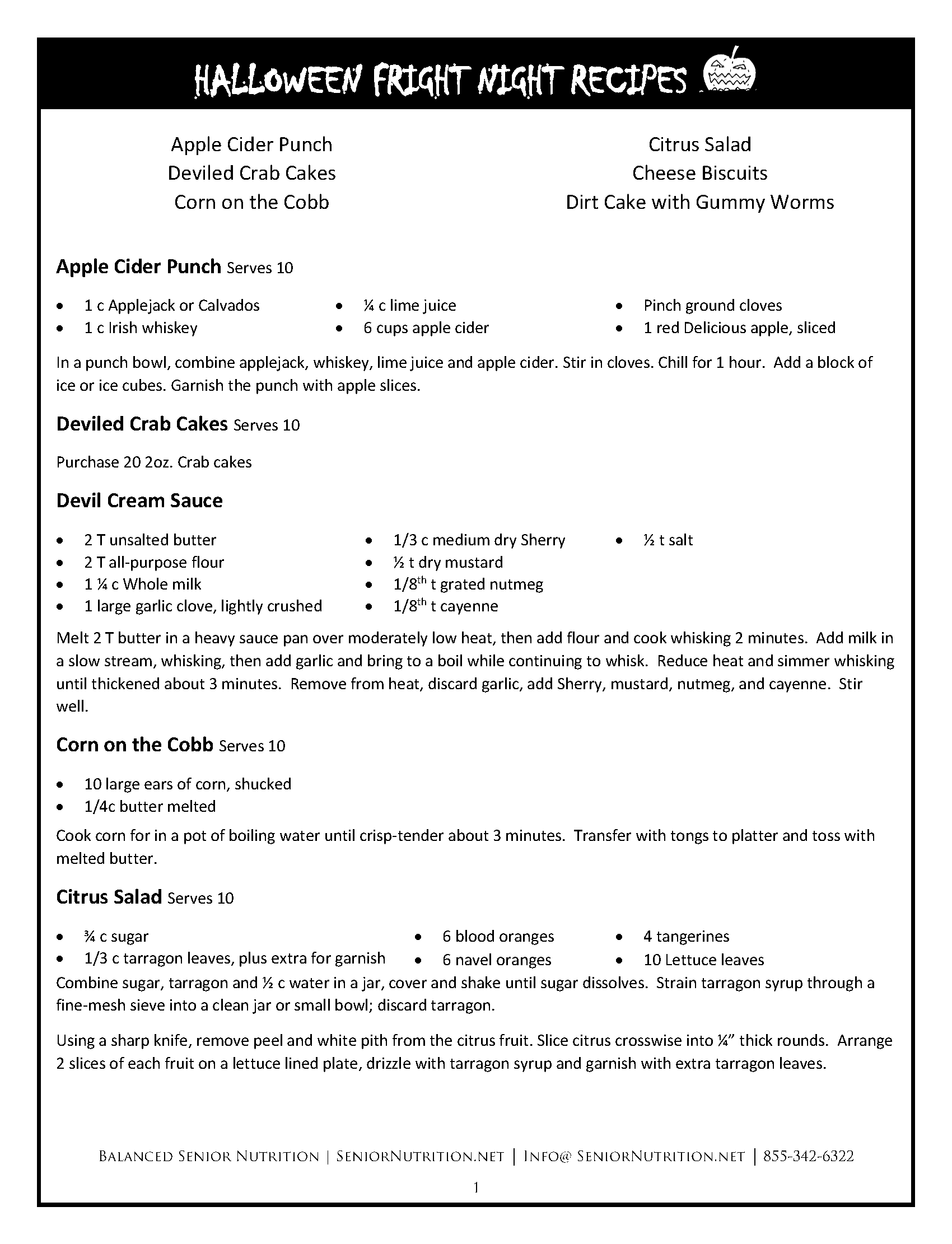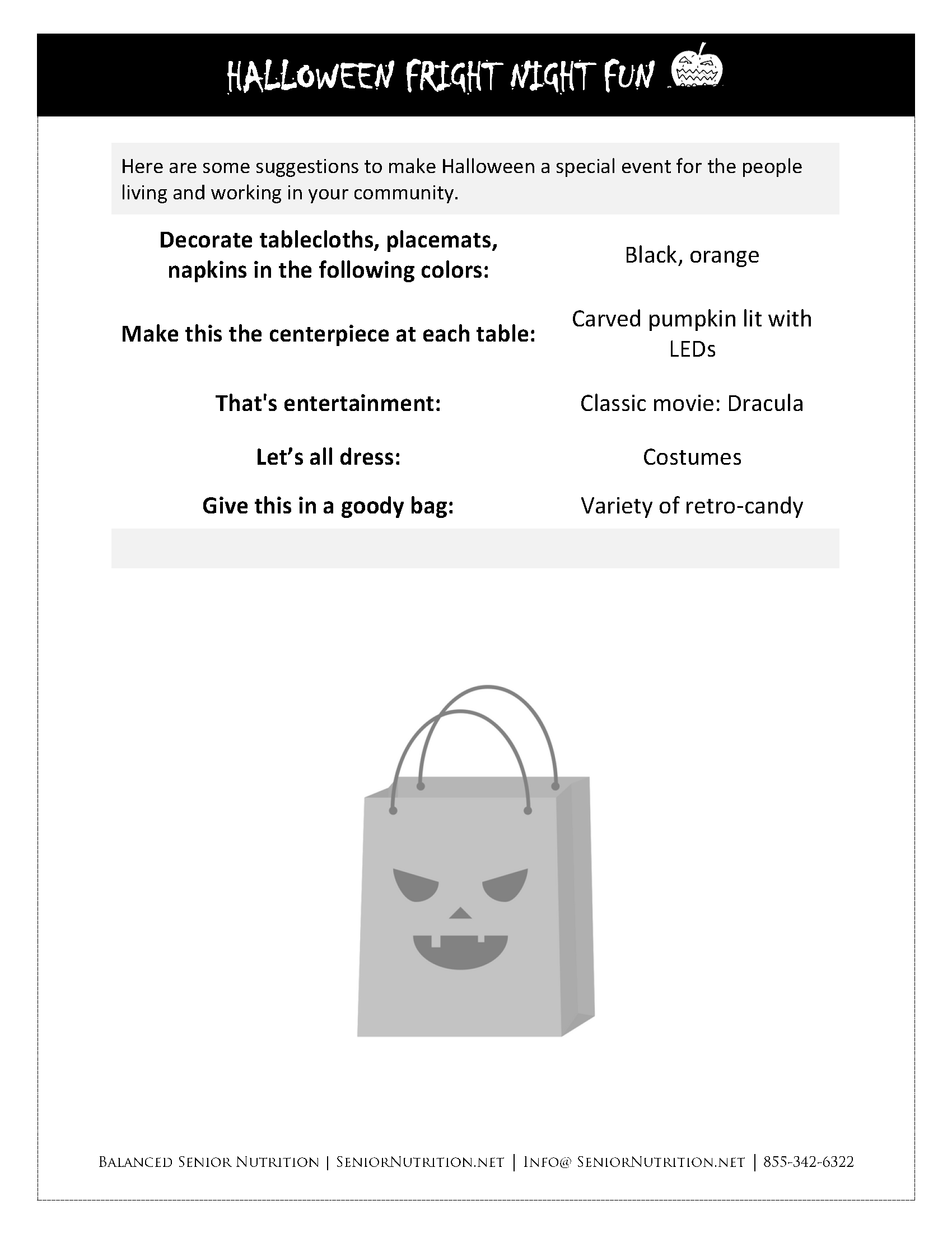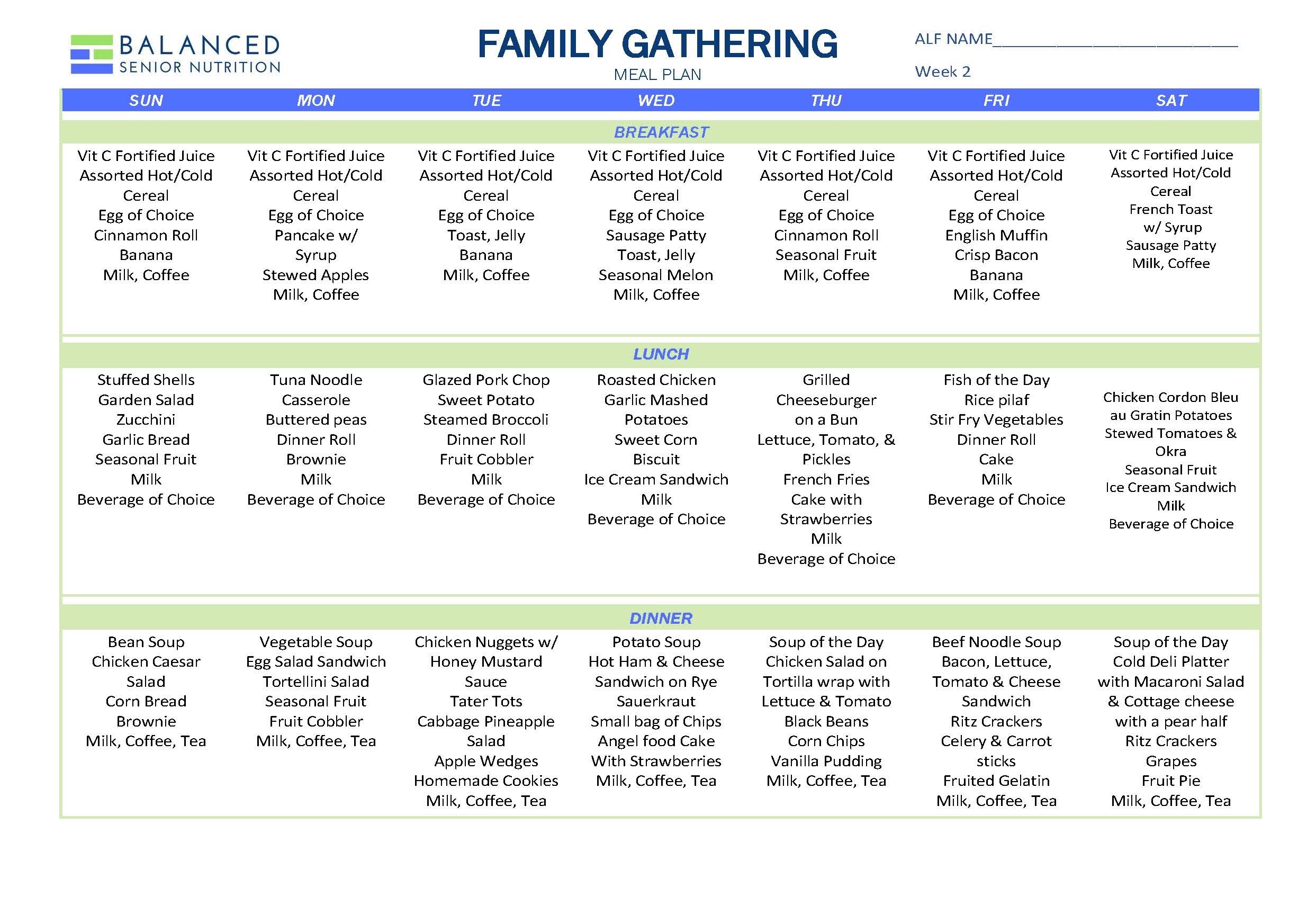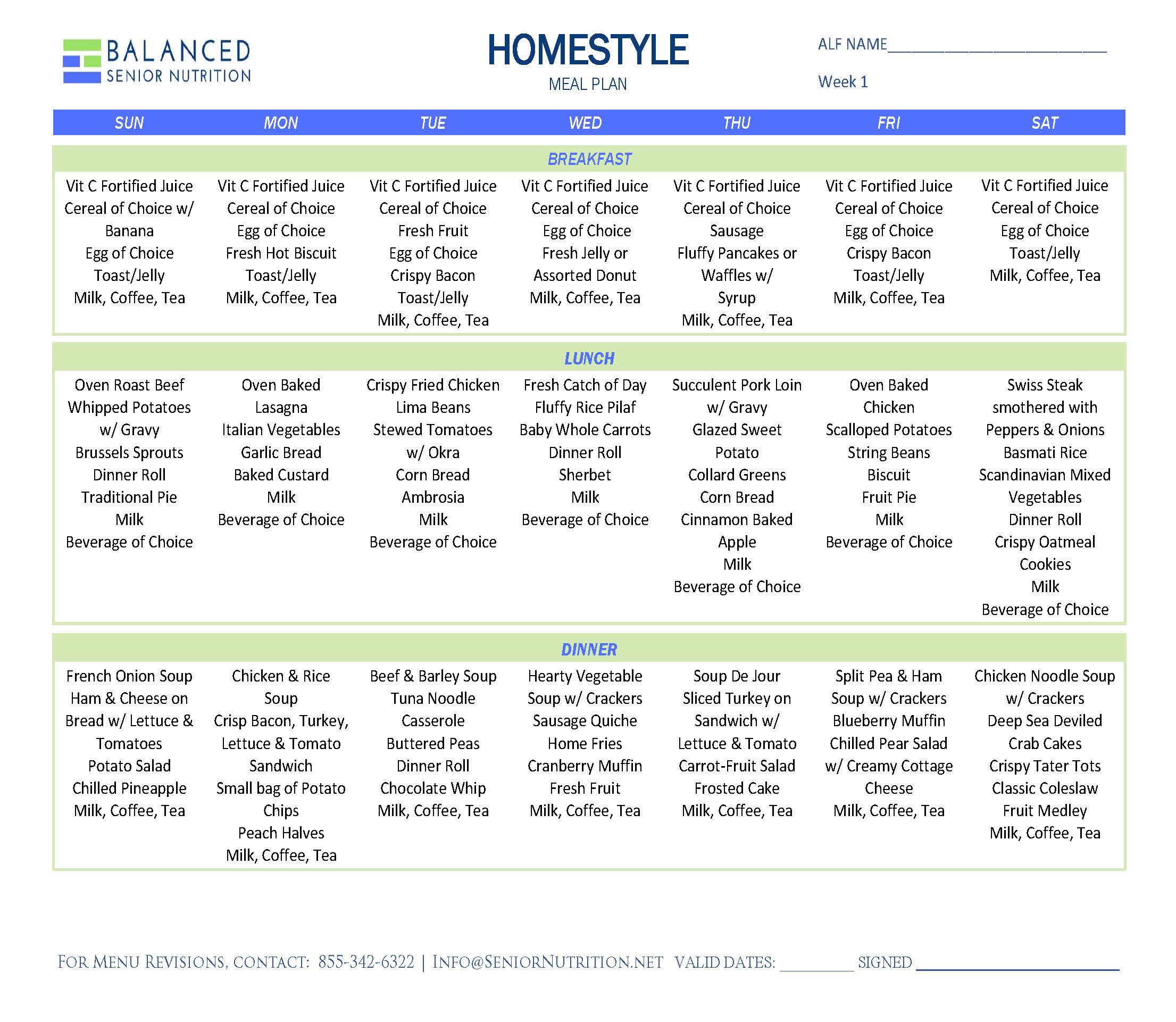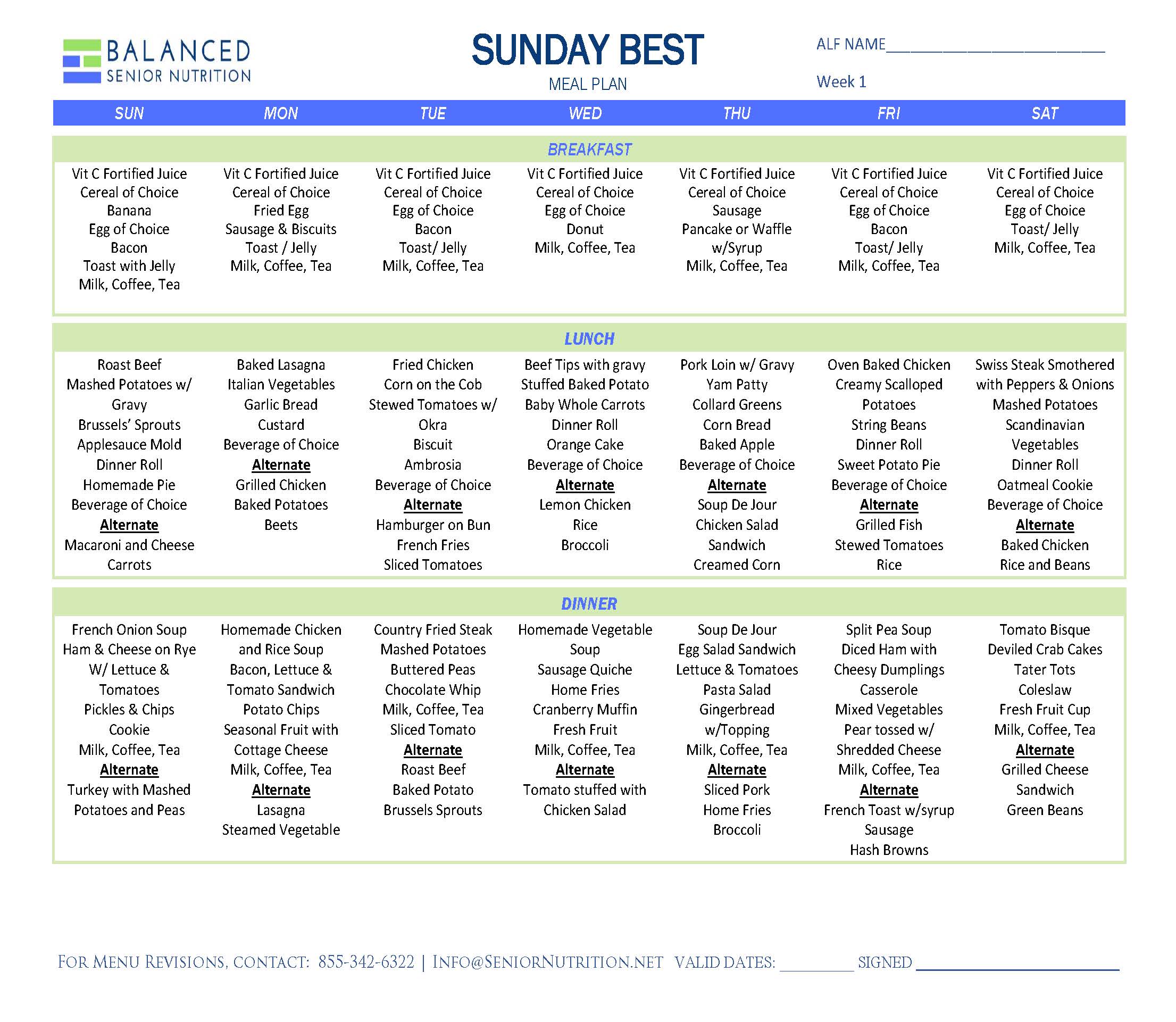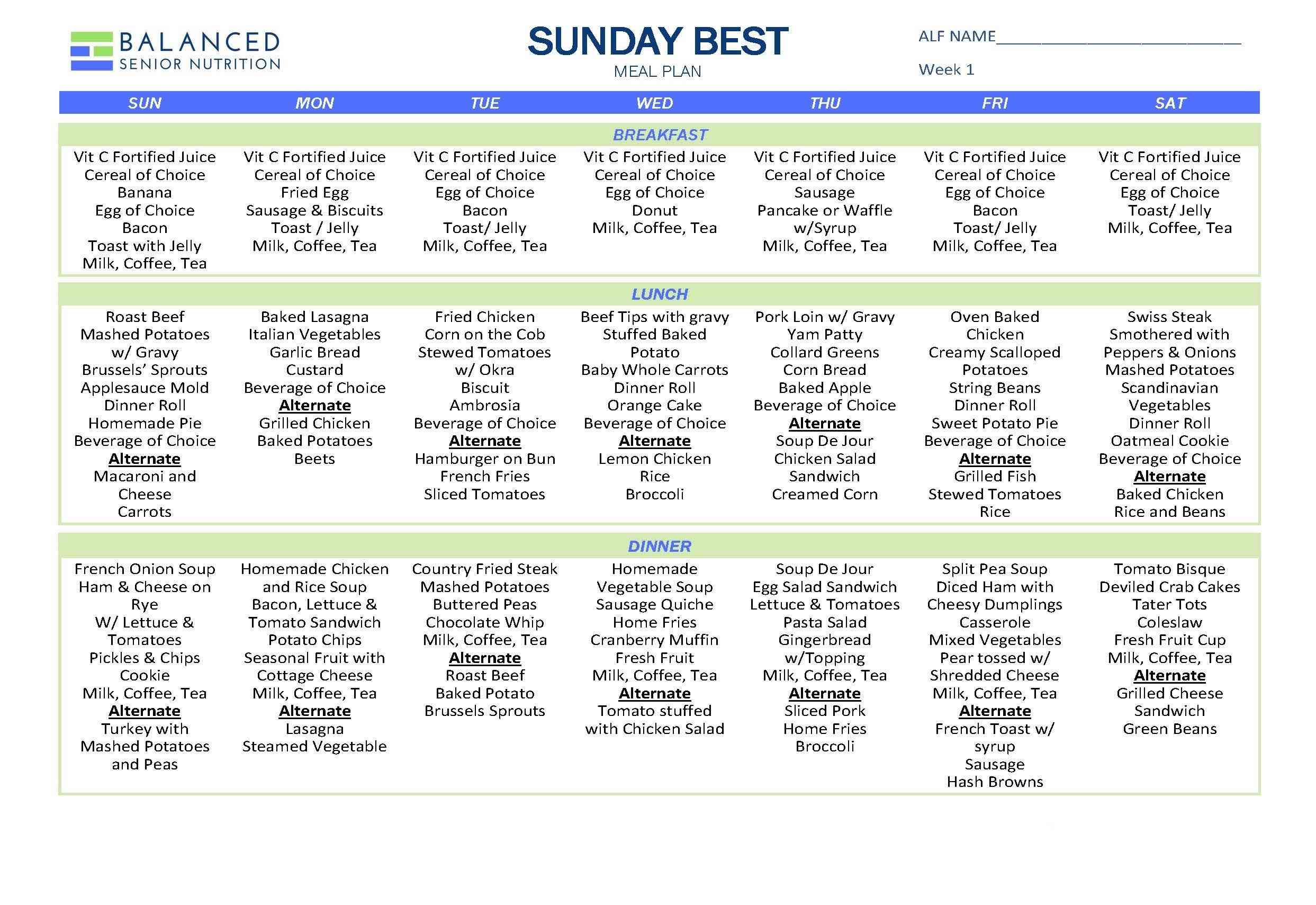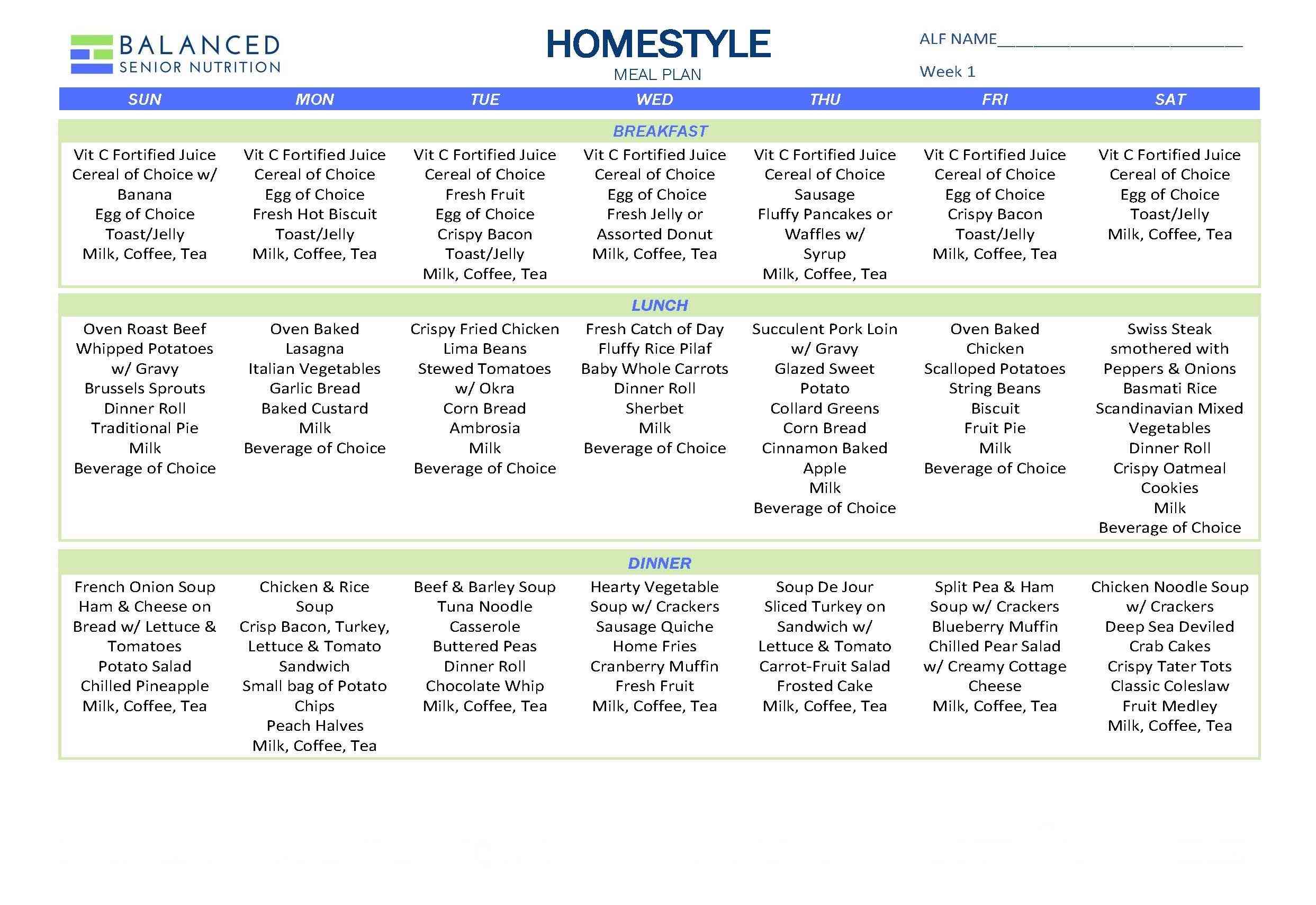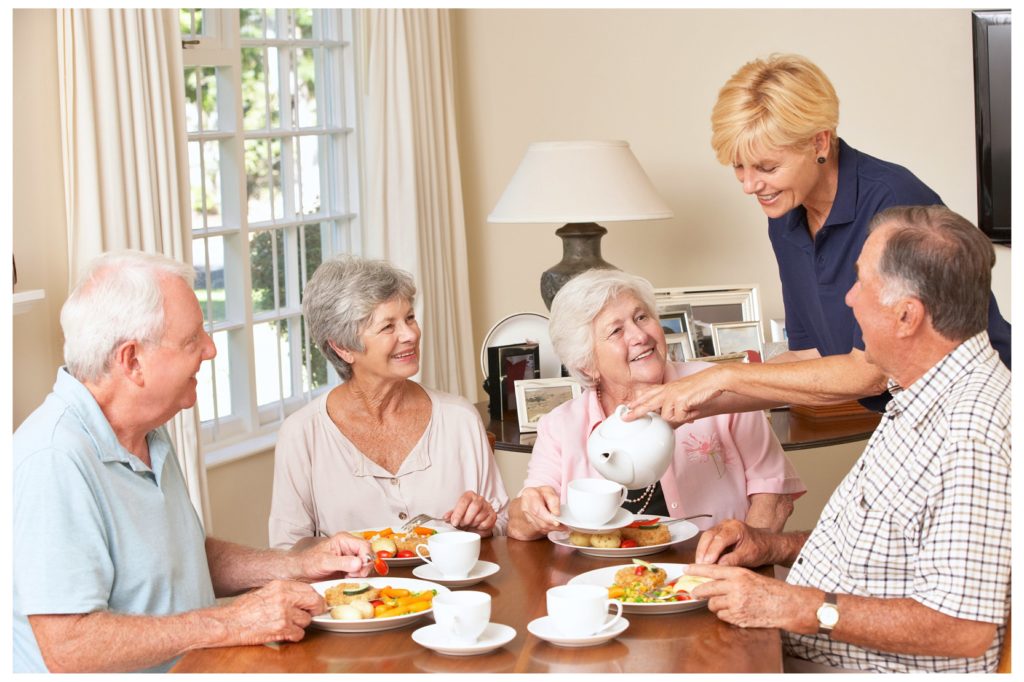
Is Your Community Ready for Person-Directed Dining?
If you were to ask most people working in nursing homes and assisted living facilities if changing to a more resident-directed (person-directed) dining approach is a good idea, they would tell you it is. But is it easy? Let’s see.
Look at some of the statistics from a national survey called, “Culture Change in Nursing Homes: How Far Have We Come? Findings from the Commonwealth Fund 2007 National Survey of Nursing Homes.” These are some of the benefits companies that adapted to a self-directed culture within their nursing home and assisted living communities achieved by making the commitment to change:
- 78% reported improved competitive advantage in the market area
- 60% reported increased occupancy rates
- 60% reported reduced operational costs
- 59% reported enhanced staff retention
- 50% reported decreased staff absenteeism
- 23% reported reduced dependence on agency staff
When you start putting numbers to these statistics, a picture of financial stability emerges. It makes sense to change to a culture within your community that focuses on what people want when it comes to meals and snacks. There’s not only a moral decision, it is a legal one. The regulations from the Center for Medicare and Medicaid (CMS) make it clear that informed choice in long-term care communities is not an option, but a requirement.
Why Changing to Self-Directed Dining Is Hard to Do
Even so, communities find it difficult to make the commitment to resident-directed dining. In my experience, there are a couple of reasons for this: One is that change can be a daunting proposition. People are set in their ways, and it’s easier to just keep things the way they are. The other reason is that even if they do want change, they may not have the tools to do it.
Many communities do not have the tools or the current evidence-based research to conduct and document a thorough self-directed dining care plan discussion with their residents, so they stick to “the way we’ve always done it.” The problem with that is that they are risking citations and legal action stemming from a resident’s right to self-determination:
Each resident has the right to exercise his or her autonomy regarding what the resident considers to be important facets of his or her life. The right to eat when, where and what you want is a very important facet of life.
These are some of the key documents you will need to make self-directed dining work:
- A document that informs incoming and current residents about their right to make an informed choice when it comes to what they eat and declares the community’s commitment to that model. If you’d like to see and use our Declaration of Dining Independence form, click here.
- A data-gathering form that accurately records a resident’s preferences when it comes to what, when and where they want to eat to be used in care planning as the starting point of designing a resident’s diet plan. We’re happy to share our Dining Preference Form.
- A comprehensive documentation tool that allows care plan teams to discuss the risks, benefits and approaches to individualizing a person’s meals and snacks, while documenting that discussion to safeguard against citations and legal action. The information can then be easily transferred to the community’s existing electronic care plan documentation. (we’ll be sharing more about the documentation tool in subsequent posts)
- QAPI-based assessments to measure dining satisfaction and pinpoint any core problems as well as measure compliance with federal regulations to avoid citations.
- Tip sheets for investigating problems to get to the root issue and to develop ideas to improve performance in areas that need work.
Without proper documentation you do not cover your community against legal action and citations. In my view, this kind of comprehensive documentation is what has been missing from the culture change movement. Making the change to a more resident-directed approach to dining is a good idea. Using the right documentation tools can help make it even better. As an example of a comprehensive documentation tool, we offer a free download of our Dining Preferences form.
